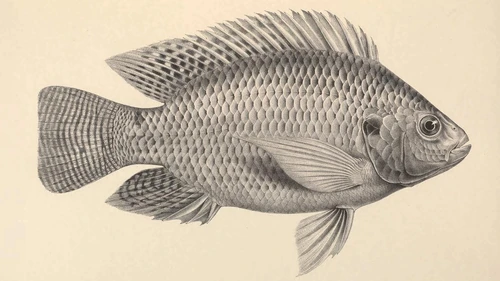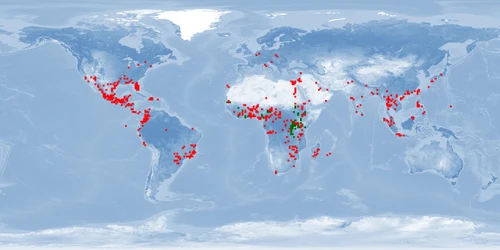Farming remarks
Oreochromis niloticus originated in fresh waters of the Middle East as well as sub-Saharan Africa. It is one of the top 5 most frequently cultured species worldwide, mainly reared in Southeast Asia, China, and Africa. Due to its fast growth, it can reach market size in 5-6 months. Its rearing does not come without a toll on the individuals, though. Because maturity sets in early as well, farmers in intensive rearing administer hormones through the feed that renders individuals all male, or genetic engineering results in all-male populations. This prevents unwanted reproduction and the growth deficiencies that come with it. Also, it favours males which grow up to 50% faster than females.
The two most frequently used culture systems are ponds and cages of which earthen ponds, especially irrigation ponds or reservoirs, overlap more with the natural needs of space, density, and substrate than cages. Shelters and shading may also be applied artifically, though. IND are allowed to spawn naturally, i.e., without manipulation and stripping, but there seems to be a trend towards hormonal induction to synchronise spawning or avoid injuries by aggressive SPAWNERS. Aggression is an issue in other age classes as well and does not seem to be avoidable completely; one recommended method – to size grade – is stressful itself. Other husbandry practices like handling and transport impose stress, too, which may be reduced but not avoided. Electrical stunning followed by exsanguination, evisceration, or filleting is availabla but at risk of failing if not executed correctly.
For details see: WelfareCheck | farm (latest major release: 2024-07-20)
For recommendations see: Advice | farm (latest major release: 2018-04-17)
Related news
FishEthoGroup's latest podcast series of the fair-fish database programme of "FishTalk" covers our three tilapia species: Nile (Oreochromis niloticus), Blue (Oreochromis aureus), and hybrid tilapia (Oreochromis niloticus x O. aureus). For each of those, you will find some general information and a look into welfare hazards and how to improve those in just around 2 minutes listening time.
The information for these spotlights stems – as always – from the WelfareChecks of the species in our fair-fish database. You can find the podcasts in the respective species profiles as part of the Overview or over at FishEthoGroup. Enjoy!
Oreochromis niloticus (Nile tilapia) is among the top 5 most frequently farmed aquatic species worldwide. Our WelfareCheck was from 2016, so it was due for an update. We more than doubled the number of sources and adjusted the profile to the current scoring logic and age class structure.
In the end, we could not maintain the formerly quite positive WelfareScore because spatial needs in the wild are larger and aggregation patterns are looser than provided for in captivity. Unless we find studies reporting no adverse effects, we go by nature as our gold standard. Plus, O. niloticus is aggressive in farms and stressed by husbandry procedures both of which cannot be completely avoided.
On the positive side, reproduction does not require hormonal manipulation or artificial fertilisation, substrate needs may be provided through earthen ponds and shading, and electrical stunning is available as part of a humane slaughter protocol. Although there are farms administering hormones, not providing substrate/shading, and selling the individuals live at local markets, the possibilities to improve on these 3 points exist and are verified. Together with low frequency of malformations, a Potential score of 4 is still among the highest in the fair-fish database, but O. niloticus lost its former lead. Please find the details here.
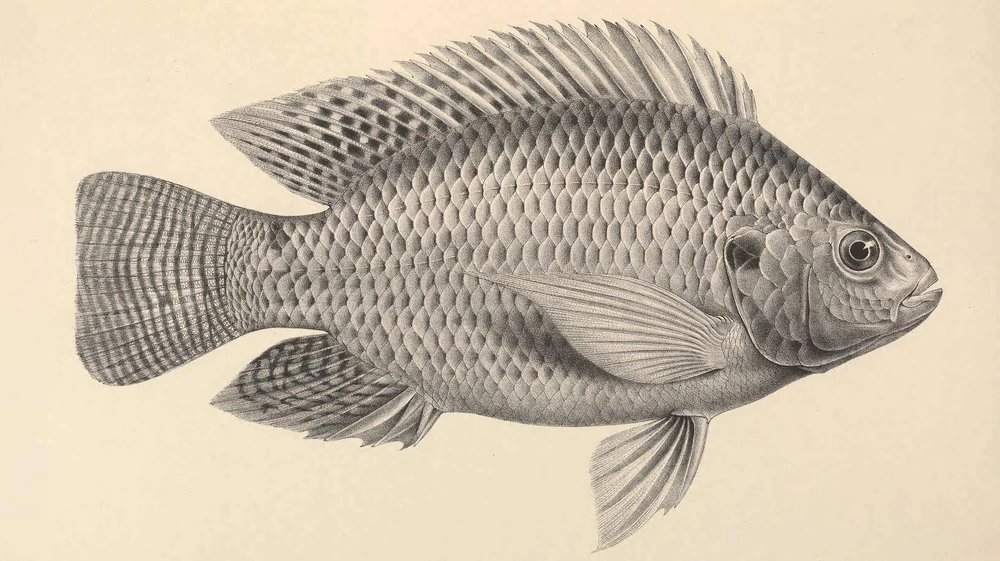
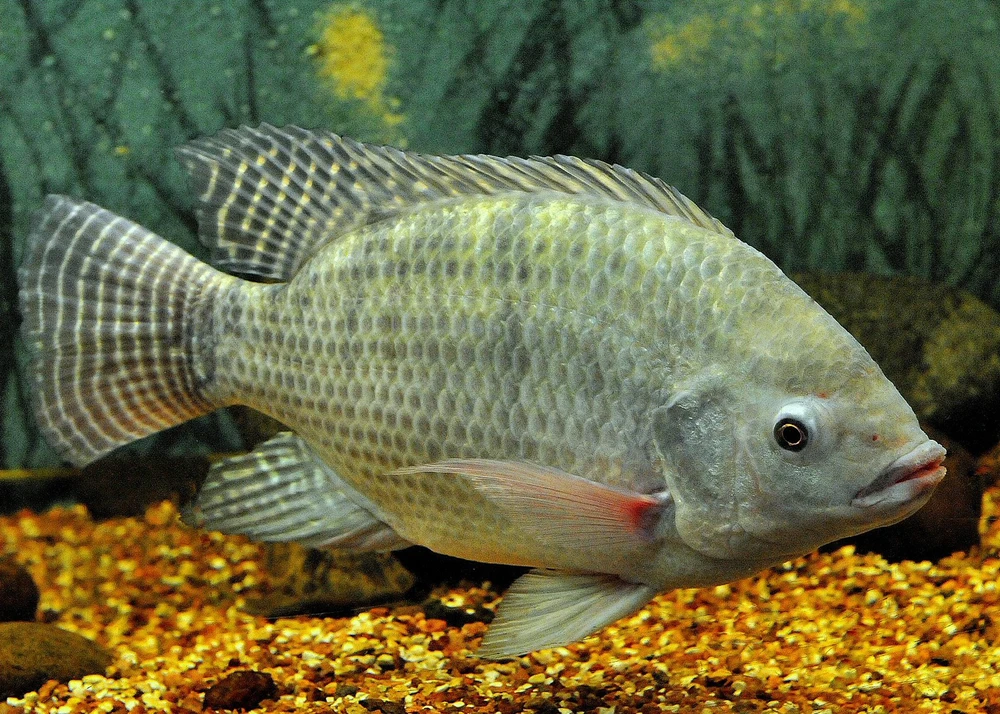




Probably, we updated the profile. Check the version number in the head of the page. For more information on the version, see the FAQ about this. Why do we update profiles? Not just do we want to include new research that has come out, but we are continuously developing the database itself. For example, we changed the structure of entries in criteria or we added explanations for scores in the WelfareCheck | farm. And we are always refining our scoring rules.
The centre of the Overview is an array of criteria covering basic features and behaviours of the species. Each of this information comes from our literature search on the species. If we researched a full Dossier on the species, probably all criteria in the Overview will be covered and thus filled. This was our way to go when we first set up the database.
Because Dossiers are time consuming to research, we switched to focusing on WelfareChecks. These are much shorter profiles covering just 10 criteria we deemed important when it comes to behaviour and welfare in aquaculture (and lately fisheries, too). Also, WelfareChecks contain the assessment of the welfare potential of a species which has become the main feature of the fair-fish database over time. Because WelfareChecks do not cover as many criteria as a Dossier, we don't have the information to fill all blanks in the Overview, as this information is "not investigated by us yet".
Our long-term goal is to go back to researching Dossiers for all species covered in the fair-fish database once we set up WelfareChecks for each of them. If you would like to support us financially with this, please get in touch at ffdb@fair-fish.net
See the question "What does "not investigated by us yet" mean?". In short, if we have not had a look in the literature - or in other words, if we have not investigated a criterion - we cannot know the data. If we have already checked the literature on a criterion and could not find anything, it is "no data found yet". You spotted a "no data found yet" where you know data exists? Get in touch with us at ffdb@fair-fish.net!
First up, you will find answers to questions for the specific page you are on. Scrolling down in the FAQ window, there are also answers to more general questions. Explore our website and the other sub pages and find there the answers to questions relevant for those pages.
In the fair-fish database, when you have chosen a species (either by searching in the search bar or in the species tree), the landing page is an Overview, introducing the most important information to know about the species that we have come across during our literatures search, including common names, images, distribution, habitat and growth characteristics, swimming aspects, reproduction, social behaviour but also handling details. To dive deeper, visit the Dossier where we collect all available ethological findings (and more) on the most important aspects during the life course, both biologically and concerning the habitat. In contrast to the Overview, we present the findings in more detail citing the scientific references.
Depending on whether the species is farmed or wild caught, you will be interested in different branches of the database.
Farm branch
Founded in 2013, the farm branch of the fair-fish database focuses on farmed aquatic species.
Catch branch
Founded in 2022, the catch branch of the fair-fish database focuses on wild-caught aquatic species.
The heart of the farm branch of the fair-fish database is the welfare assessment – or WelfareCheck | farm – resulting in the WelfareScore | farm for each species. The WelfareCheck | farm is a condensed assessment of the species' likelihood and potential for good welfare in aquaculture, based on welfare-related findings for 10 crucial criteria (home range, depth range, migration, reproduction, aggregation, aggression, substrate, stress, malformations, slaughter).
For those species with a Dossier, we conclude to-be-preferred farming conditions in the Advice | farm. They are not meant to be as detailed as a rearing manual but instead, challenge current farming standards and often take the form of what not to do.
In parallel to farm, the main element of the catch branch of the fair-fish database is the welfare assessment – or WelfareCheck | catch – with the WelfareScore | catch for each species caught with a specific catching method. The WelfareCheck | catch, too, is a condensed assessment of the species' likelihood and potential for good welfare – or better yet avoidance of decrease of good welfare – this time in fisheries. We base this on findings on welfare hazards in 10 steps along the catching process (prospection, setting, catching, emersion, release from gear, bycatch avoidance, sorting, discarding, storing, slaughter).
In contrast to the farm profiles, in the catch branch we assess the welfare separately for each method that the focus species is caught with. In the case of a species exclusively caught with one method, there will be one WelfareCheck, whereas in other species, there will be as many WelfareChecks as there are methods to catch the species with.
Summarising our findings of all WelfareChecks | catch for one species in Advice | catch, we conclude which catching method is the least welfare threatening for this species and which changes to the gear or the catching process will potentially result in improvements of welfare.
Welfare of aquatic species is at the heart of the fair-fish database. In our definition of welfare, we follow Broom (1986): “The welfare of an individual is its state as regards its attempts to cope with its environment.” Thus, welfare may be perceived as a continuum on which an individual rates “good” or “poor” or everything in between.
We pursue what could be called a combination of not only a) valuing the freedom from injuries and stress (function-based approach) but b) supporting attempts to provide rewarding experiences and cognitive challenges (feelings-based approach) as well as c) arguing for enclosures that mimic the wild habitat as best as possible and allow for natural behaviour (nature-based approach).
Try mousing over the element you are interested in - oftentimes you will find explanations this way. If not, there will be FAQ on many of the sub-pages with answers to questions that apply to the respective sub-page. If your question is not among those, contact us at ffdb@fair-fish.net.
It's right here! We decided to re-name it to fair-fish database for several reasons. The database has grown beyond dealing purely with ethology, more towards welfare in general – and so much more. Also, the partners fair-fish and FishEthoGroup decided to re-organise their partnership. While maintaining our friendship, we also desire for greater independence. So, the name "fair-fish database" establishes it as a fair-fish endeavour.
